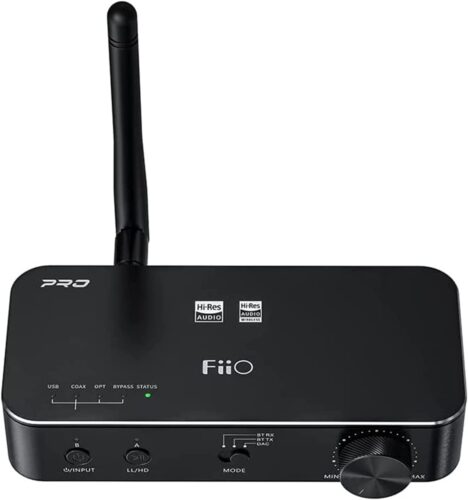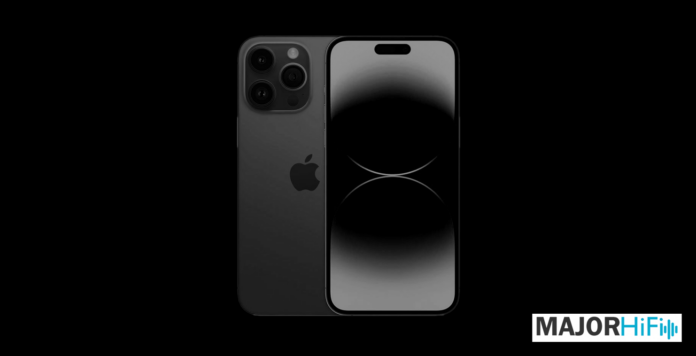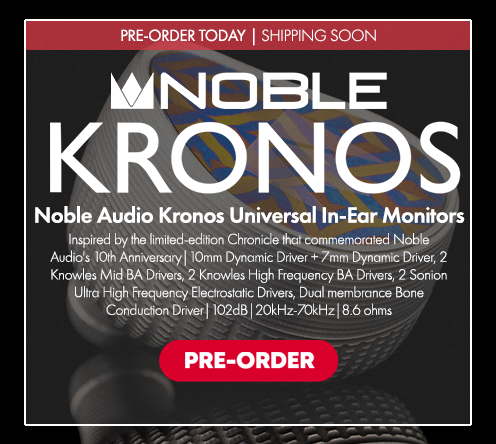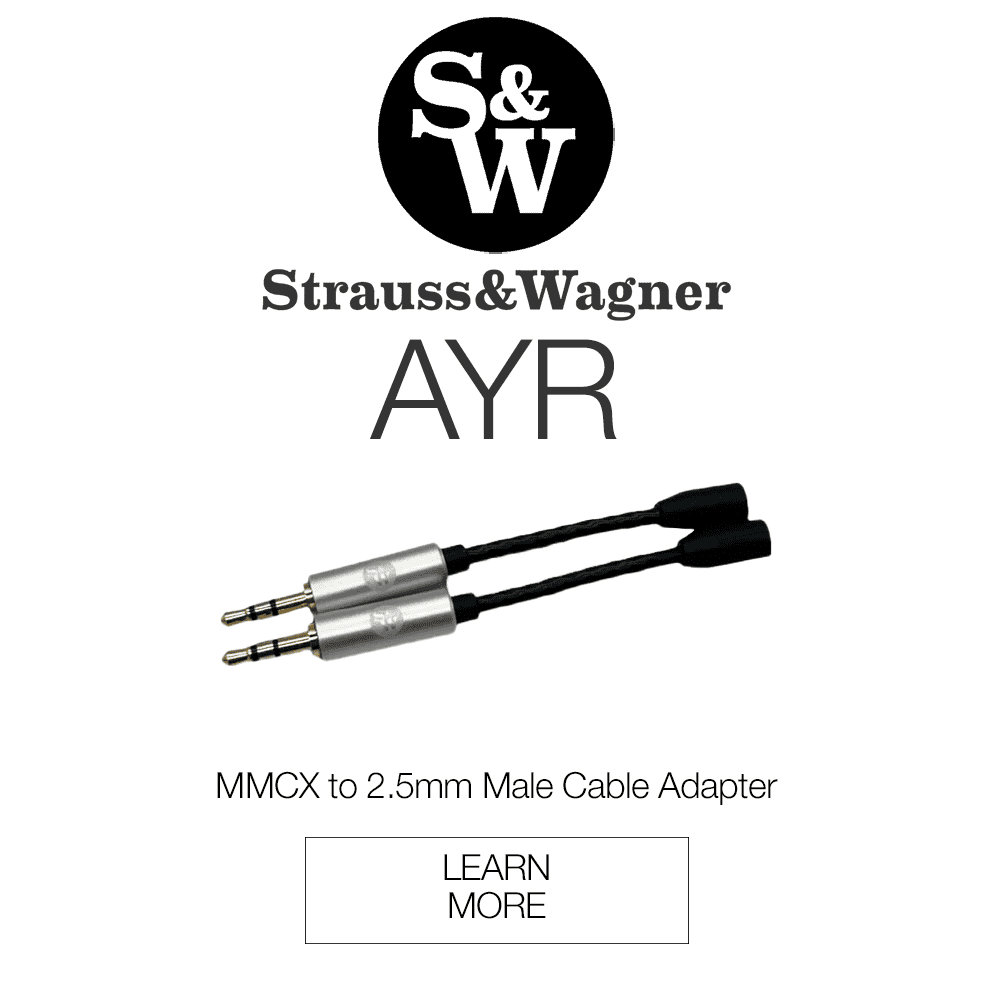Here’s the thing about the iPhone. It doesn’t excel at delivering the best sound resolution, even if you’re playing high-resolution files on Tidal or whatever streaming service you use. At least not yet. (Apple may be busy behind closed doors creating a new proprietary hi-res Bluetooth codec as we speak.) And while there are a couple of reasons for this issue, there are some workarounds that allow you to turn your iPhone into a more sophisticated audio device.
How to Improve the Sound on an iPhone via Wired Connection
It’s All About the DAC
What is a DAC? You may not be aware of it, but digital-to-analog converters (DACs) are constantly utilized in your everyday activities. A DAC is responsible for converting digital signals, which is how sound is stored on your phone or computer, into analog signals that we can hear as sound waves. The reason behind this is that our ears are incapable of perceiving digital information directly; we require analog signals for auditory perception.
You might wonder why an external dedicated DAC is necessary when devices already have built-in DACs. The answer lies in the fact that some DACs are less efficient than others, resulting in a less effective conversion from digital to analog. As a result, the quality of the sound may not be as faithful to the original recording as it could be. This holds particularly true for iPhones; high-resolution audio files contain higher bit depths (e.g., 24 bits) and sampling rates (e.g., 192kHz) that surpass the capabilities of your built-in iPhone DAC. An external DAC, such as the model shown below, with support for higher resolutions and sampling rates, ensures that you can fully appreciate the audio quality of such files. And luckily, there are lots of portable DACs that are easy to hide in your pocket during your commute to work, like the Astell & Kern model shown below.

How to Improve Sound Resolution on an iPhone via Bluetooth Connection
It’s All About Codecs
Here’s another problem unique to the iPhone. Unlike Android phones, which can decode Hi-Res Bluetooth Codecs, the iPhone is limited to its “AAC” Bluetooth Codec, which can only transmit sound resolution equivalent to CD quality, if that. (Anything CD quality or above is generally considered hi-res.) So, how do you get the most out of your Bluetooth headphones if you own an iPhone?
How to Get your iPhone to Transmit Hi-Res Bluetooth Codecs
In short, you can’t really. (Again, rumors abound that Apple is working on it.) But here are some thoughts on an AAC Codec workaround, which I ran by a couple of my colleagues, who responded with varying levels of optimism. I didn’t have one of these DACs to test the following theory. But I’m pretty confident that the idea can be executed, unless the Evil Empire has found a magical way to block this option.
So, you want to get your iPhone to transmit LDAC or aptX? Well, there are a few DACs on the market, like the one shown below, that don’t just receive Bluetooth signals, but also transmit them. So, in theory, you would simply connect your iPhone via USB to the external DAC, bypassing the DAC on your iPhone. And the external DAC (FiiO BTA30 Pro, shown below) will transmit the Bluetooth signal to your headphones using the its own supported hi-res codec, whether it be LDAC, aptX HD or aptX LL.

The only problem with this strategy is that most of the Bluetooth DAC transmitters are on the larger side (most of them look suitable for desktops), so you’re less likely to find a tiny transmitter for your commute. But if any of our readers know of a portable Bluetooth DAC transceiver they really love, shoot us an e-mail. Still, if you’re just putzing around the house making lasagna, and you want hi-res music without the wires, a Bluetooth DAC transmitter might be a great solution for your home.
What is Apple Lossless?
It might also be important to mention Apple lossless. Apple Music has started to offer lossless audio files (in short, ultra-high resolution sound) on its platform. Now, this would be great news if your iPhone could decode it. But again, you’ll need an external DAC to get the true value from these type of hi-res files.
No one ever said being an audiophile would be easy, especially if you have an iPhone. But if you’re adamantly against Android phones, and you don’t want to invest in a music player, the above workarounds are your best bet. So, think different.
Compare the ranking of various headphones, earbuds and in-ear monitors using our tools.
Discuss this, and much more, over on our forum.
---MAJORHIFI may receive commissions from retail offers.















